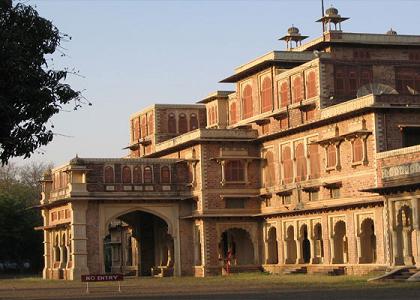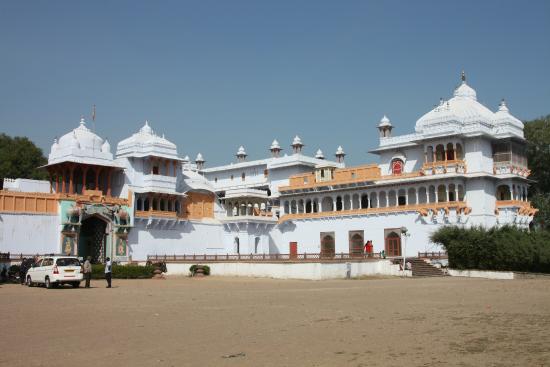Kota : –
Kota è la terza città più grande del Rajasthan. Si trova a 240 km a sud della capitale dello stato di Jaipur. Kota ha un’industrializzazione moderna ed è un’affascinante miscela di grandezza medievale. Kota si trova ad un’altitudine di 515 metri sul livello del mare, sulle rive del fiume Chambal sotto una profonda gola. Kota si trova in un’area del paese che si trova a cavallo di un’importante rotta commerciale da Nuova Delhi a Gujarat. Kota si è ora trasformata nella capitale industriale del Rajasthan con i suoi progetti di idroelettricità e irrigazione, progetti di energia atomica e altre unità industriali. Kota è anche nota per la sua industria artigianale tradizionale. La temperatura di Kota non è né troppo calda né troppo fredda. La temperatura è di circa 43 gradi Celsius nelle estati ed è di circa 5 gradi Celsius in Winters. Il periodo migliore per visitare Kota è da agosto a febbraio. Le lingue parlate a Kota sono il Rajasthan, l‘inglese, l’hindi, il sindhi e l’urdu.

Storia di Kota :-
Nel 12 ° secolo il capo Hada, Rao Deva, conquistò il territorio e fondò Hadoti e Bundi. Durante il regno dell’Imperatore Mughal Jahangir, agli inizi del XVII secolo il sovrano del Bundi, Rao Ratan Singh, diede a suo figlio, Madho Singh, il principato più piccolo di Kota. Kota è considerato come un segno distintivo della cultura e del potere Rajput nel corso del tempo. Kota era un piccolo stato indipendente nel passato che è circondato da vicini più potenti. Kota prosperò nel diciannovesimo secolo sotto la guida del sovrano Zalim Singh. Nel 1894 gli inglesi riunirono il territorio e imposero stabilità.

Attrazione turistica a Kota :-
Importanti attrazioni turistiche a Kota sono Umaid Bhawan Palace e Kota Fort. Umaid Bhawan Palace fu costruito per Maharao Umaid Singh II nel 1904. Fu progettato da Sir Samuel Swinton Jacob a sostegno dei designer indiani. L’interno del palazzo ha una sala per banchetti, un giardino e un salotto. L’esterno è in pietra color ambra con finitura a stucco e include molti dettagli tipici di Rajput. L’Umaid Bhawan Palace è stato trasformato in un hotel storico. Il forte di Kota è un esempio di crescita organica e non esiste un piano generale per lo sviluppo dell’area all’interno delle mura. Fu costruito a partire dal 1625 in poi. Bhim Mahal – Bhim Mahal è una grande Durbar Hall che è racchiusa tra le miniature di Rajput che documentano i periodi di espansione delle città e le leggende di Kota.
Turismo del Rajasthan
Rajasthan Autonoleggio
Pacchetti turistici del Rajasthan
